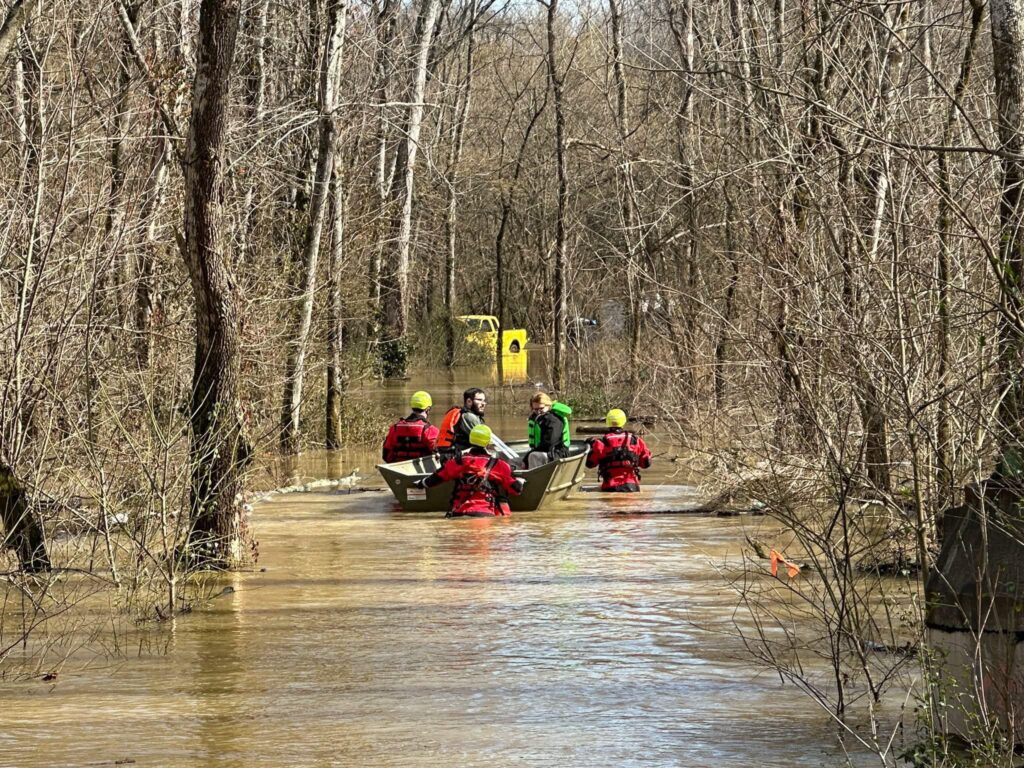When most people think of disaster relief, they picture boats cutting through floodwaters, helicopters in the sky, and first responders rushing to the scene. And yes—those life-saving actions are vital. But at Cajun Navy 2016, we’ve learned that the most urgent needs don’t end when the waters recede. In fact, that’s often when the real work begins.
This is the story few people see: the quiet, persistent, and deeply human effort to help survivors rebuild their lives. It’s what happens beyond the boats, and it’s where you can make a lasting impact.
What Happens After the Rescue?
Search-and-rescue efforts may capture headlines, but in the days following a natural disaster—whether it’s a hurricane, tornado, flood, or wildfire—survivors face a complex web of new challenges. Many are left without homes, food, electricity, clean water, or transportation. For those with small children, elderly relatives, or medical conditions, these gaps can be devastating.
At Cajun Navy 2016, we respond to these unexpected needs after a disaster with the same urgency we bring to our rescues. Because survival isn’t just about making it out of the flood zone—it’s about getting through the next day, the next week, and the next month.
Filling the Gaps FEMA Can’t Reach
Government agencies like FEMA provide crucial resources, but there are limitations—especially in the earliest stages of disaster recovery. Paperwork takes time. Shelters become overcrowded. Rural areas get overlooked.
That’s where grassroots disaster response steps in. Cajun Navy 2016 bridges the gap with:
- Hot meals and food distribution in neighborhoods cut off from basic services
- Emergency supply drops including diapers, hygiene kits, medications, and clothing
- Temporary shelter coordination for displaced families
- Transportation assistance for elderly or immobile survivors
- Home muck-outs and debris clearing to help begin the rebuilding process
- Emotional support and wellness checks to ensure no one is left behind
These are the things you don’t see on the news—but they matter just as much.
Stories from the Ground
After Hurricane Ida, one of our volunteers encountered a single mother with two small children sleeping in their car. The flood had taken everything—her home, her job, her community. She didn’t need a rescue boat. She needed food, gas, a clean place to sleep, and a moment to breathe.
We delivered supplies, arranged temporary shelter, and connected her with longer-term assistance. It wasn’t dramatic. But to her, it was life-changing.
These are the realities of post-disaster recovery. They are quiet victories won through compassion, connection, and coordination.
How You Can Help After the Headlines Fade
The truth is, by the time the news cycle moves on, survivors are just beginning their hardest days. That’s why Cajun Navy 2016 doesn’t stop at rescue—and why your support is needed most in the weeks that follow.
Here’s how you can join the mission:
Volunteer Between Disasters
Our volunteers deliver supplies, clear debris, make home repairs, and provide support long after the storm is gone. Sign up to be a part of our recovery team.
Volunteer Here
Give Financially
Donations help us purchase supplies, rent trucks, and get boots on the ground quickly in affected areas.
Donate Now
Host a Local Drive
From canned food to hygiene items, your community can help meet the basic needs of families across the country.
Share Survivor Stories
Help us keep awareness alive by sharing updates from Cajun Navy 2016 on your social media platforms. These stories help generate critical support.
Rebuilding Together
Disaster recovery is not a sprint. It’s a marathon. Cajun Navy 2016 is committed to walking that long road with survivors—from the first boat ride to the last nail driven into a rebuilt home.
As we continue to grow our mission, we invite you to look beyond the boats. The real impact happens in driveways, school gymnasiums, church kitchens, and roadside tents. It happens when people like you decide to get involved—not just during the disaster, but after.
Let’s make sure no one faces recovery alone.
👉 Join Cajun Navy 2016 and be part of the work that continues when the cameras are gone.
